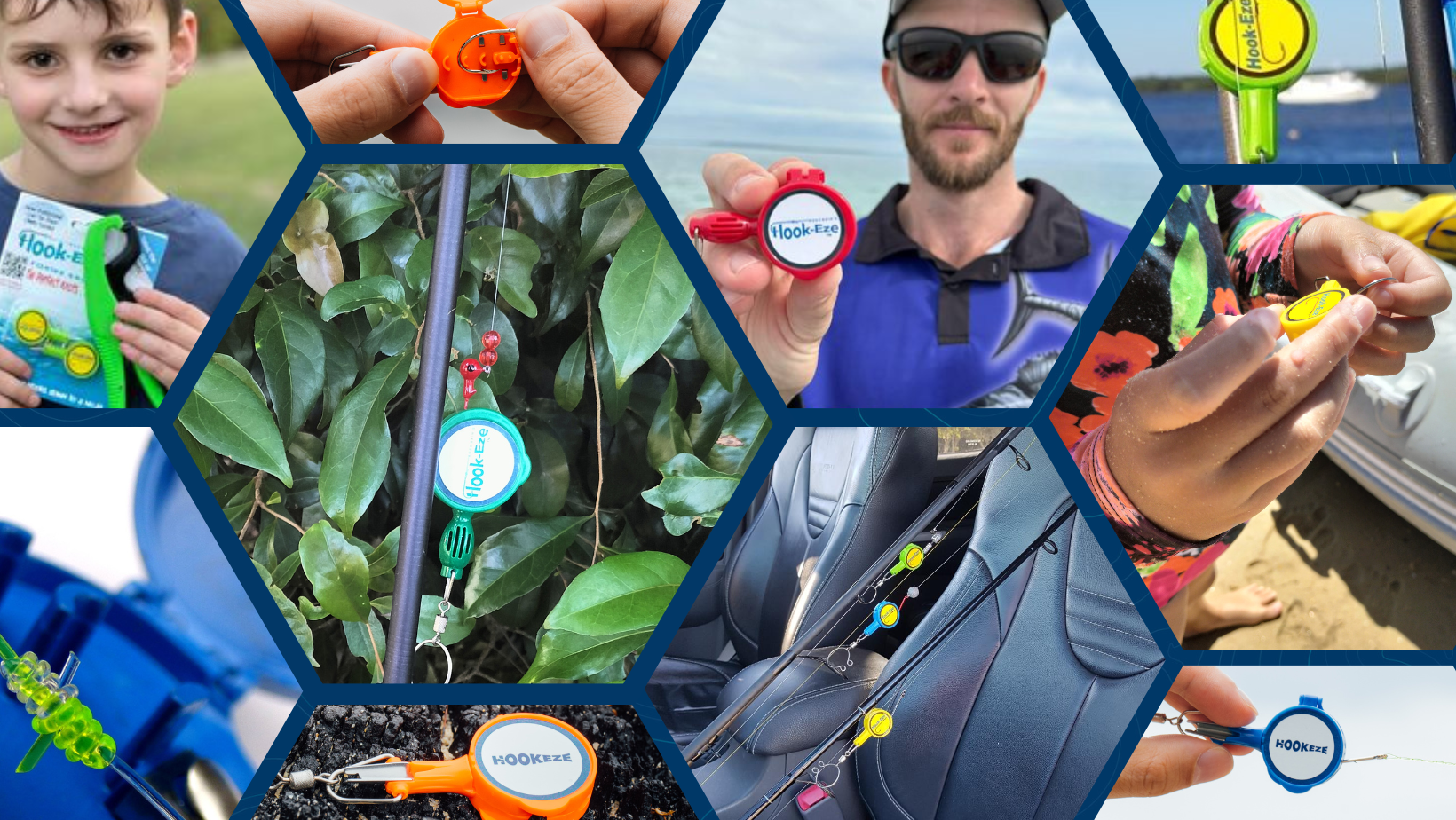Inshore saltwater fishing presents anglers with a unique set of challenges and rewards. From navigating shallow waters to targeting a diverse range of species, inshore fishing demands a specific skill set. One critical aspect that can make or break an inshore angler's success is the mastery of fishing knots. In this blog, we'll delve into five essential knot tying techniques that will elevate your inshore saltwater fishing skills and increase your chances of a successful catch.
- Uni Knot (Or Hangman's Knot): Versatile and Strong
The Uni Knot, also known as the Hangman's Knot, is a versatile and strong knot that every inshore angler should have in their repertoire. This knot is excellent for tying terminal tackle such as hooks, swivels, and lures to your fishing line. Its strength and reliability make it particularly useful when targeting powerful inshore species like redfish or snook. Mastering the Uni Knot ensures that your connections are secure, giving you the confidence to tackle even the toughest fighters.
To tie the Uni Knot, pass the line through the eye of the hook, make a loop, and wrap the tag end around the standing line and through the loop. Repeat this process several times, moisten the knot, and tighten it by pulling both the tag end and the standing line.
- Improved Clinch Knot: Perfect for Lure Attachments
The Improved Clinch Knot is a classic and dependable knot that works exceptionally well for attaching lures to your line. This knot maintains a high level of strength, making it suitable for inshore fishing where you might encounter aggressive strikes. Whether you're casting for speckled trout or targeting flounder, the Improved Clinch Knot ensures your lure stays securely connected.
To tie the Improved Clinch Knot, pass the line through the eye of the lure, make five to seven wraps around the standing line, and then thread the tag end back through the loops near the eye. Moisten the knot and tighten by pulling the tag end and the standing line simultaneously.
- Loop Knot: Enhancing Bait Action
In inshore fishing, presenting live or artificial bait naturally is often key to success. The Loop Knot, also known as the Non-Slip Loop Knot, is ideal for allowing your bait to move freely, enhancing its natural action. This knot is particularly effective when fishing with live shrimp or soft plastic baits, as it provides a lifelike movement that can entice even the most cautious fish.
To tie the Loop Knot, create a small loop in the line near the lure's eye, pass the tag end through the eye and around the standing line, make several wraps, and then thread the tag end back through the small loop. Moisten the knot and tighten carefully, ensuring the wraps are snug and secure.
- Palomar Knot: Simplicity and Strength
The Palomar Knot is celebrated for its simplicity and remarkable strength, making it an excellent choice for inshore anglers targeting a variety of species. This knot is particularly well-suited for braided lines, offering reliability in both fresh and saltwater environments. Use the Palomar Knot for attaching hooks, swivels, or artificial lures with confidence.
To tie the Palomar Knot, double the line, pass it through the eye of the hook or lure, and tie a simple overhand knot. Create a loop with the tag end, pass it over the hook or lure, and pull it snug. Moisten the knot and tighten by pulling both the standing line and the tag end.
- Bimini Twist: Increasing Line Strength
In inshore fishing, the need for increased line strength may arise, especially when targeting larger and stronger species. The Bimini Twist is a knot that creates a doubled line, effectively increasing its strength. This knot is particularly useful when fishing with lighter lines, providing an added layer of security when battling powerful inshore gamefish.
To tie the Bimini Twist, create a loop in the line, and make a series of twists, typically 20 or more. Bring the loop back through the twists, moisten the knot, and tighten by pulling the tag end and the standing line simultaneously.
Mastering these five essential knot tying techniques is crucial for inshore saltwater anglers looking to elevate their skills and increase their chances of success. Whether you're casting for redfish in the shallows or targeting speckled trout near the mangroves, having the right knots in your arsenal ensures that your tackle stays secure, and your fishing experience remains enjoyable and rewarding. Practice these knots until they become second nature, and you'll be well-prepared to tackle the diverse challenges of inshore saltwater fishing. Happy fishing!
